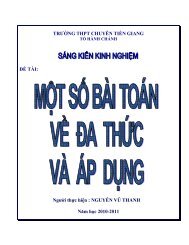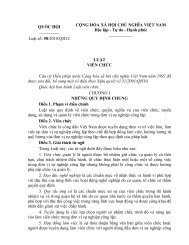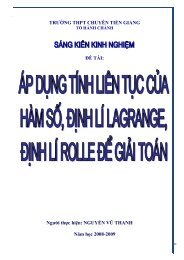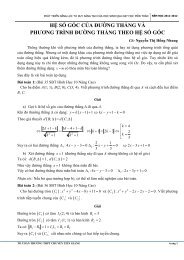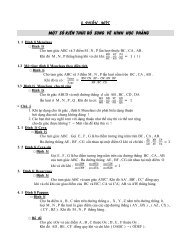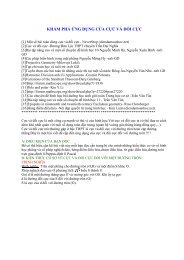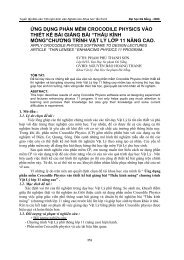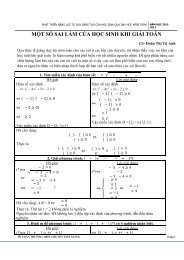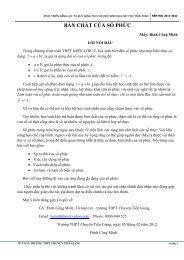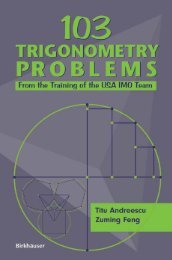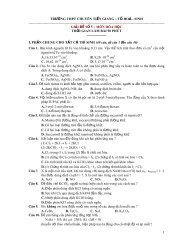A BRIEF DESCRIPTION OF PHILIPPINE ENGLISH
A BRIEF DESCRIPTION OF PHILIPPINE ENGLISH
A BRIEF DESCRIPTION OF PHILIPPINE ENGLISH
You also want an ePaper? Increase the reach of your titles
YUMPU automatically turns print PDFs into web optimized ePapers that Google loves.
A brief description of Philippine English Nguyen Thanh Binh<br />
such examples as carnap meaning “steal a car” and Gets? meaning “Understand?”. Compounds<br />
consists of comfort room (toilet, restroom), hold-upper (someone engaged in armed robbery)<br />
and hand carry (carry-on luggage when flying commercial aircraft). The compounds of words<br />
from different languages known as hybrids are also very common such as colegiala English<br />
(college English), balikbayan box (a ubiquitous corrugated box containing any number of small<br />
items and sent by an overseas Filipino known as a “balikbayan”) and buko juice (the juice of a<br />
young coconut).<br />
GRAMMAR<br />
One of the noted grammatical features in Philippine English is the missing of subject-verb<br />
agreement in present tenses as in the sentences “He go to school. His mother give him money to<br />
buy a book.” In some cases, they sometimes use present perfect instead of past simple as in the<br />
sentence Yesterday I have met him and past perfect instead of present perfect or past simple as<br />
in the sentences “Have some pupils tell they class what they had observed” (Pena, 1997, p.92)<br />
and “… Sen. Francis Pangilinan had already started sponsoring the proposed … Act”<br />
(Pankratz, 2004, p.80). Besides, there is also overuse of present continuous tense to refer to<br />
habits and routines as in the sentence He is going to school by bus every morning. Some<br />
transitive verbs are also treated as intransitive verbs as in the sentences I don’t like. I can’t bear.<br />
Do you enjoy? In addition, Filipinos prefer to use auxiliary verbs in present tense to those in<br />
past tense. For example, instead of saying “He said he had finished the test.”, they would prefer<br />
to say “He said he has finished the test.” Determiners are also be used in a very different way.<br />
They usually prefer “the Manuel Quezon University” to “Quezon University” and “the food” to<br />
“food” while they often say “United States” rather than “the United States”. It is concluded that<br />
these features does not match standard British or American English. Also, demonstratives rarely<br />
match with their nouns such as “this pens”. Some non-count nouns are treated as count nouns<br />
as in “You have a beautiful hair!” or “a research”. Kirkpatrick (2007) also looks at one<br />
investigation into distinctive features of Philippine English from Bautista (2005) and mentions<br />
three special features from her research. First, Bautista (2005) discovers that Filipinos favor to<br />
use the structure “one of the SINGULAR NOUN” as in “That’s one of the related problem we<br />
will be discussing”. Second, Filipinos do not also use an article before the word majority as in<br />
“But a survey done by Pulse Asia shows majority of their respondents want President Estrada<br />
3 | P a g e




